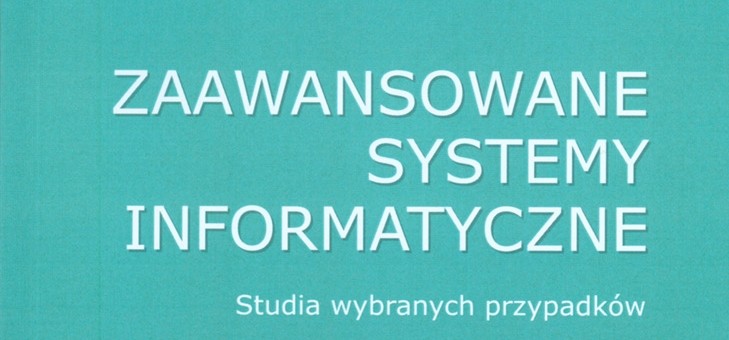Monograph: "Advanced IT systems - studies of selected cases" (pl. Zaawansowane systemy informatyczne – studia wybranych przypadków) contains two chapters authored by our department employees: M.Sc Alicja Gerka and M.Sc Piotr Hadaj.
The monograph explores four complex aspects of modern IT systems: (1) Data stream processing, (2) Parallel and distributed programming, (3) ICT protection of Smart Grid networks, (4) Analysis of complex networks.
Chapter 3: ICT Protection Methods of Smart Power Grids
Author: M.Sc Alicja Gerka
This chapter presents key cybersecurity issues in electricity transmission, affecting all participants in the process. The author introduces the Smart Grid concept and discusses potential threats in key areas, such as:
- Integrity breach
- Confidentiality risks
- Availability threats
- Authenticity violations
Additionally, the chapter highlights advanced persistent threats (APT) and coordinated cyberattacks, including cyberterrorism. Various security measures, monitoring techniques, and risk assessments (based on OWASP Risk Rating methodology) are presented, offering a comparative analysis of protection techniques.
Chapter 4: Topological Parameters of Graphs of Complex Networks
Author: M.Sc Piotr Hadaj
This chapter examines vast and complex computer networks modeled as graphs. Although computer network and graph theories have been established for decades, only recent advancements in sophisticated Data Science tools have made it possible to analyze networks with millions of elements.
The author discusses the most commonly used software packages for network analysis, including:
- Gephi
- Network Workbench
- yEd (yWorks)
- NetworkX
The research explores network structures with numerous nodes and edges, uncovering behavioral patterns such as mass traffic self-organization on the Internet. The study also highlights how analyzing social network data can predict societal changes. The chapter provides an introduction to complex network theory, defines key graph parameters, and demonstrates how modern computing power enables the discovery of previously unrecognized interactions in complex network structures.
Availability
The monograph is available for purchase at the Publishing House of Rzeszów University of Technology (Building F, M. Skłodowskiej-Curie Street).








